Disclaimer: The Farm 51 sent Niche Gamer a physical Special Edition of the game. You can expect our review on that soon.
We have seen an explosion in Russian themed shooters as of late. Stalker 2, Atomic Heart, Escape From Tarkov, and the now the newly released Chernobylite. What at first appears to be a Stalker clone trying to fill the void left by the first games and upcoming sequel; in actuality is a game all it’s own, focusing more on character interaction, crafting, and party management.
This is a review coupled with a supplemental video review. You can watch the video review or read the full review of the game below.
Chernobylite
Developer: The Farm 51
Publisher: The Farm 51
Platforms: Windows PC (reviewed), PlayStation 4, PlayStation 5, Xbox One, Xbox Series X|S
Release Date: July 28th, 2021 (Windows PC), September 7th, 2021 (PlayStation 4, Xbox One), 2021 (PlayStation 5, Xbox Series X|S)
Players: 1
Price: $29.99 USD
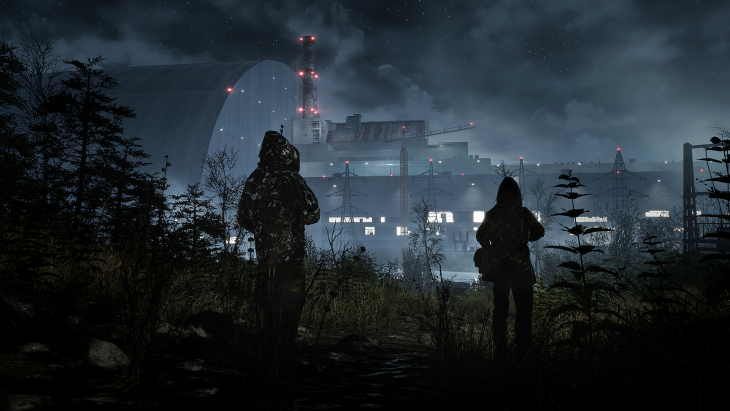
Chernobylite takes place in modern day Russia, specifically within the Chernobyl exclusion zone. Igor is a scientist who studies the mysterious substance found within the zone known as Chernobylite, and is looking for what happened to his wife who was lost shortly before the infamous Chernobyl disaster over 30 years ago.
Along the way the player will recruit teammates, uncover mysteries, and do what they can to take out the NAR; a military faction within the zone that lays claim to the area. Using the magical substance known as Chernobylite, the player can teleport to and from the exclusion zone.
In the zone, the player can complete missions, collect supplies, and make crucial choices. While between excursion mission, the player spends his time inside a warehouse overlooking the exclusion zone. Here he can construct buildings that will provide resources or make the warehouse easier for themselves and their recruits to live in.
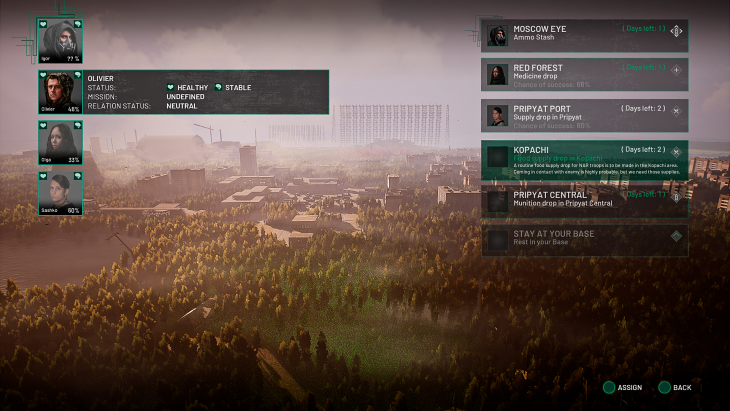
Each recruit the player invites to the warehouse brings a unique and fun personality to the encampment, as well as being able to train the main character in specific areas they specialize in. What I like about these training segments is that to gain a new skill, you actually have to accomplish the task each recruit sets out for you. It makes gaining a skill feel more tangible than just the stat bonus it rewards you.
Recruits are also important because they too can travel across the excursion zone. The player has the ability to send these recruits out on missions which they can accomplish for you, if you don’t feel like personally doing them. Each recruit’s specific set of skills and current condition determine their likelihood of succeeding with a given mission.
The zone itself is sectioned off into areas. You teleport to a specified area on the map and complete your set objective. This almost always consists of following your objective marker to reach the correct destination, and where my major complaint of the game stems from.
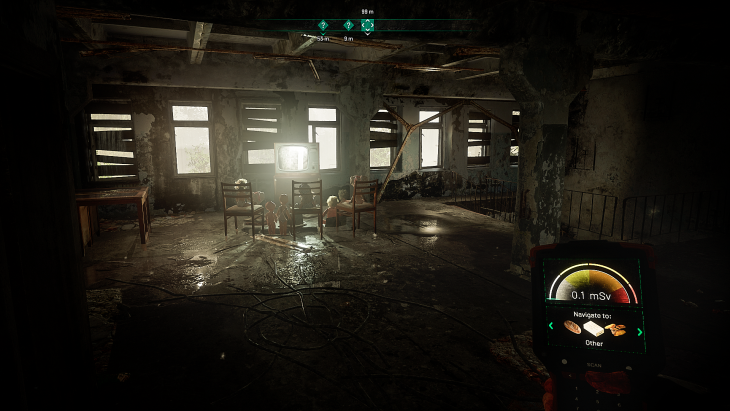
While the zone does have interesting places to find, traders who will exchange rations for items, and optional side objectives; the main missions often feel like what would normally be seen in other games as fetch quests.
No, you aren’t killing a certain number of pigs or collecting a specific amount of berries. But due to how levels are designed, completing the main objective of a given area feels like you are doing nothing more than following your quest marker with your brain half turned off.
Because the quest marker doesn’t tell you how high up or below ground your objective is, you often get lost trying to navigate buildings, searching each room multiple times to make sure what you are looking for isn’t on a level you missed. Having your objective marker give you a latitude indicator as well as better building design could have elevated this problem.
Thankfully the game does give you a scanner which helps alleviate this problem somewhat; but even with that, traversing the map often feels more like a chore than being an actual engaging experience.
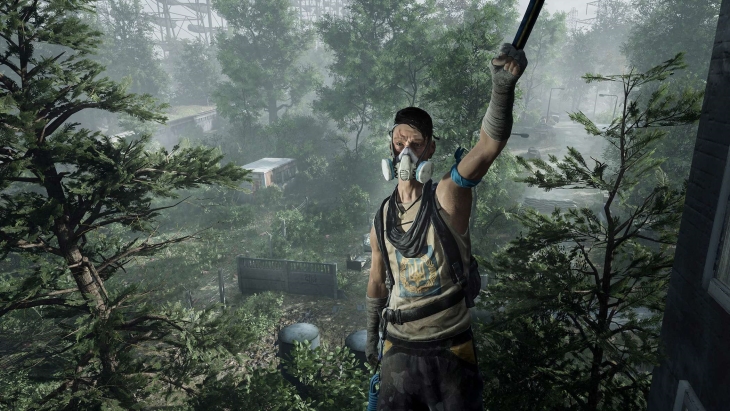
I don’t feel this way about the side content however. Stumbling onto NPC interactions, saving a stranger’s life, finding random NPC item traders, or just random spooky paranormal events gives fun diversions while on your way to completing your main objective. I do wish however that these side events weren’t specifically dotted on your map, which takes out some of the immersion when finding them.
After completing a mission, you teleport back to your warehouse where you then give yourself and your recruits rations as rewards for their labor. As the leader of your group, you are incentivized to keep you and your recruits well fed- as it is extremely important for the long term success.
You are also in charge of rewarding and punishing your recruits who did or did not successfully complete their mission. The missions you can accomplish in this game aren’t just story related ones either.
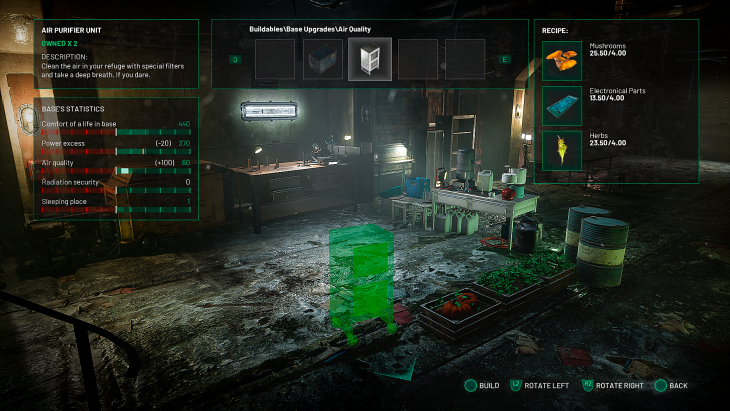
As a player, you will likely need to go on excursions for the sole purpose of finding resources. Be that food, ammo, or building material to create more stuff in your warehouse, upgrade your weapons or armor, and build defenses and traps for enemies to wander into in the excursion zone.
Since you can only go on one excursion within an in-game day, planning out what you need to accomplish before heading out is important. Chernobylite might not be Stalker, but it makes sure to go out of it’s way to let you know that it was inspired by it, along with the other things the developers seemed to take inspiration from.
What sets Chernobylite apart from other spooky Russian shooters is the game’s focus on Chernobylite itself. The developers really did a good job taking the paranormal concept it, and incorporating it into the gameplay and writing in any way they could. The substance is used to explain the supernatural elements.
Apart from just being what allows the player to teleport on a whim to and from different areas of the zone; the paranormal events of the Chernobyl disaster mysteriously allow Igor to listen to his long lost wife, Tatyana.
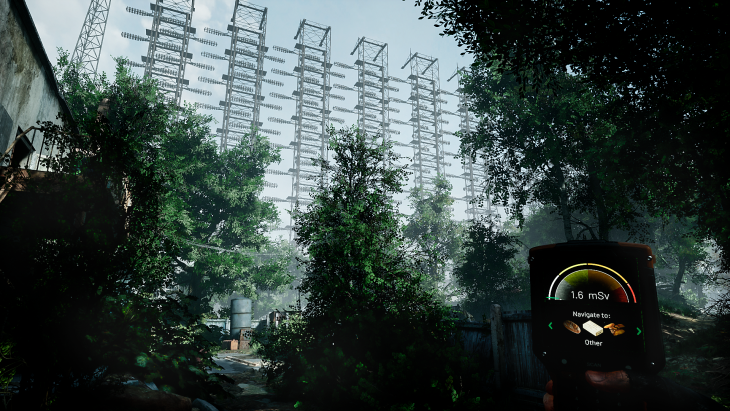
Tatyana is a core character. The player can hear her giving advice or her opinion on a near minute by minute basis, as well as between loading screens. She adds personality to the game, while also making the game feel less lonely while you traverse the zone.
It almost makes me wonder why Igor is looking for her so badly; considering even with her lost, Tatyana seems to talk to Igor more often than most real married couples do.
Chernobylite is also the reason that besides just NAR troops, the player also occasionally must fight monsters that appear out from the void. While I found the NAR AI to feel competent, communicating and trying to flank the player, the monster AI would often get stuck behind obstacles while trying to attack the player; and so usually felt less threatening.

The gunplay in Chernobylite is about what you would expect from this kind of game. One unusual thing about it is that you can’t aim from the hip, instead readying your gun causes you to aim down your sights. I believe this was put in to make combat more tactical. The design encourages slowly and steadily approaching your targets while peaking out from corners before trying to pop the heads off your foes.
It’s often far easier to stealth your way past enemies than fight them head-on however. Very few games do stealth right, and Chernoblyte isn’t one of those games. The stealth system isn’t horrible, but it is the generic crouch-and-slowly-walk-past-your-enemy sort of deal.
In the year 2021, decades after the original Thief games released, I don’t understand why most stealth mechanics in modern games feel so bare bones. Especially considering how powerful stealth often is in these types of games.
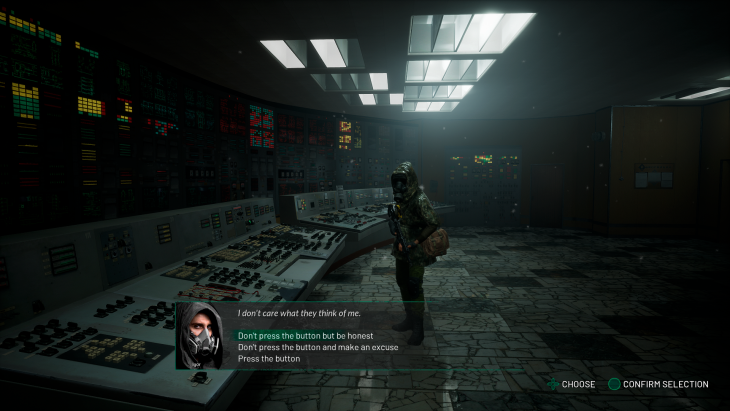
Where Chernobylite truly shines is its characters and choices. Most choices have actual consequences to them, which may affect the rest of the game in meaningful ways. This ranges from denying or granting yourself permanent upgrades, to determining if certain characters will join up with you.
One choice can greatly change what you see, hear, or do later on in the game. The weight and moral ambiguity of each choice had me think long and hard before making a decision.
What makes the choices so well done is that each decision can be used to accomplish certain goals. Some choices will lend you favor with some recruits, but at the cost of finding clues that could help you uncover what happened to your wife. Others are based on how much you trust characters you just met to not back stab you later down the road. Thankfully these heavy choices aren’t permanent.
Thanks to the magic of Chernobylite, the player can actually change the decisions he made on certain choices. After the player get’s killed, he is sent through a portal where he can look at the decisions he has made throughout the game, changing any he wasn’t pleased with. I love this idea, because it prevents players from feeling like they have to save scum before each decision.
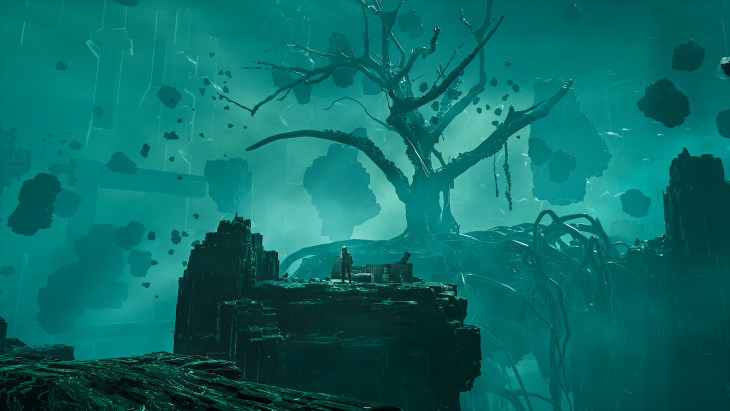
I also have to commend the dev team for having auto saving as frequent as it is. After each death the game auto saves, and rather than forcing you to reload it takes some of your items away as punishment. Rather than actually dying, you are teleported to the beginning of the day.
Due to this system, I never found trying to load back to previous saves to try to fix mistakes I made during normal gameplay. Instead, doing well in Chernobylite is about strategically ensuring the long term survival of your group.
This means trying to balance combat skill, with proper strategy and resource acquisitions. While I found the game’s challenge to be well balanced, players can change the game’s combat, survival, and management difficulties separately if they feel any one aspect is either too hard or too easy.
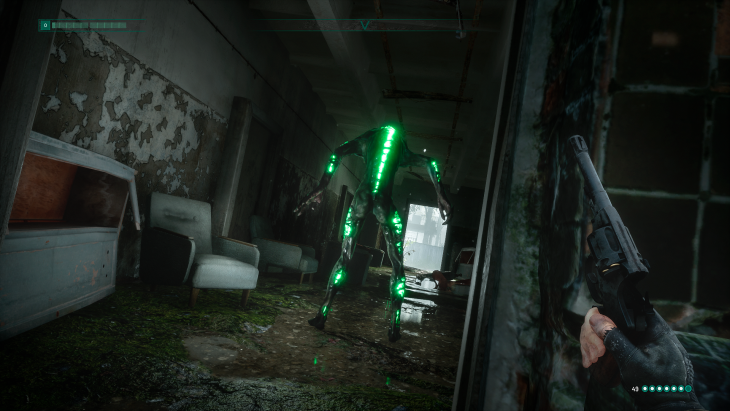
The game works best in short bursts. Outside of getting lost in a specific building, most missions take no more than 30 minutes to finish, and upgrading the base only a few more. I found myself returning to Chernobylite several times throughout the day. Completing a mission, collecting resources, talking to recruits, and then starting the whole thing over again the next in-game day a few hours later.
Slowly uncovering the game’s mysteries and accomplishing personal goals made progress always feel rewarding, even if I found most missions themselves to not be very exciting. Knowing that I need just a few more resources to unlock the ability to make lockpicks, or knowing I just need to find one more clue to solve previous mysteries are things that got me to return time and time again.
Chernobylite is unabashedly Russian; referencing actual Russian locations, culture, and history. Most of the music is also dubbed in Russian. Given this, I felt like I couldn’t not play the game with it’s original Russian dub on.
While the voice talent of the American dub is actually decent, I felt the the voices didn’t match the characters nearly as well as they did in the Russian dub; where characters sound hardier and more serious. Though considering I don’t actually speak Russian, that might just be me bringing up a previously unknown, but positive, bias towards the way Russians sound.
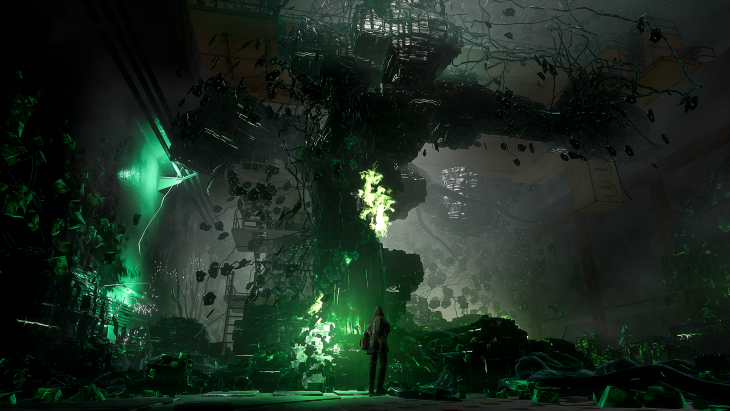
Chernobylite is an indie game with high hopes. The amount of content, even if unpolished, is quite surprising given the small budget the team had to work with. This was especially surprising to me when I found out that the game is selling for only $30 USD.
I might have been a bit harsher on the game if it was selling at the standard $60 USD or shockingly $70 USD price tag; the asking price most publishers demand for games with a scope as large as what Chernobylite promised.
While I found a lot of the main mission uninspired and level design unpolished; Chernobylite’s dialog, choices, and the act of exploring when not just following a quest marker to be quite fun. While I wouldn’t call it the Stalker spiritual successor some might have been hoping for, it manages to be it’s own thing and for that I can respect it.
Chernobylite was reviewed on Windows PC using a review copy provided by The Farm 51. You can find additional information about Niche Gamer’s review/ethics policy here.